How to Design the Perfect Business Letterhead for Kent and South East Companies
A well-designed business letterhead is crucial for conveying your professionalism and brand consistency to your clients, partners, and customers across Kent and the South East. In this comprehensive FAQ article, we will provide answers to your most pressing questions on the creation and design of the ideal letterhead.
From design principles to font choices, we will guide you through the essential components that contribute to an impactful business letterhead. Armed with this valuable knowledge, you will be able to create a letterhead that not only elevates your company's image but also serves as an effective communication tool.
1. What Are the Key Elements of a Professional Business Letterhead?
A well-designed business letterhead typically includes the following components:
Company Logo: A high-quality, appropriately sized logo positioned prominently on the letterhead, often in the top-left or top-centre.
Company Name: Your business name in a clear, legible font, generally placed adjacent to or directly below the logo.
Address and Contact Information: Full company address, phone number, email address, and website URL, usually positioned in the footer or below the company name.
Legal Requirements: In the UK, it is legally required for companies to include their registered office address, the company registration number, and VAT number if applicable.
2. How Do I Choose the Right Font and Typography for My Letterhead?
Selecting the right font for your letterhead involves considerations of readability, brand identity, and professionalism:
Choose a Legible Font: Opt for a sans-serif or serif typeface that is easy to read at both small (e.g. contact information) and larger (e.g. company name) sizes. Examples of professional fonts include Arial, Times New Roman, Calibri, and Helvetica.
Be Consistent with Your Branding: Use your brand's chosen font and typography style, ensuring consistency across all your marketing materials and stationery.
Limit Font Variety: Stick to a maximum of two font types, typically one for the company name and another for the contact information, to maintain a cohesive and professional look.
3. What Colours Should I Use for My Letterhead?
Incorporating colour in your letterhead can make it more visually appealing, enhance your branding, and evoke emotions. When choosing colours, consider the following:
Emphasise Your Brand Identity: Utilise your brand's established colour scheme, ideally the primary colours, and avoid introducing new ones that may confuse or distract from your branding.
Be Mindful of Contrast and Readability: Ensure sufficient contrast between the text and the background while maintaining readability. This is especially important for the contact information.
Less Is More: Stick to a limited colour palette to avoid overwhelming the design and detracting from the essential elements. Aim for simplicity and elegance.
4. How Can I Create a Visually Appealing and Functional Layout for My Letterhead?
A well-balanced layout is key to making your business letterhead both visually pleasing and functional. Achieve this by considering the following tips:
Use Ample White Space: Leave sufficient space around each element, particularly your logo, to create a clean, uncluttered look that enhances readability and professionalism.
Align Elements for a Structured Appearance: Choose to align your logo, company name, and contact details either to the left, centre, or right for a cohesive and organised look.
Optimal Sizing for Various Components: Ensure the size of each element is proportionate and easily legible. For instance, the company name should typically be larger and more prominent than the contact information.
Utilise a Simple and Consistent Structure: Avoid overcomplicating the layout with unnecessary lines, borders, or images. Instead, maintain simplicity to create a more professional and sophisticated appearance.
5. What Paper Quality and Printing Methods Should I Choose for My Letterhead?
Paper quality and printing techniques significantly affect the perception of your letterhead and brand. Consider the following recommendations:
Paper Stock: Opt for a high-quality, thick paper stock (generally between 90gsm and 120gsm) that creates a professional and sturdy feel. Choose between uncoated, matte, or glossy finishes, depending on your brand image and design preferences.
Printing Method: For letterhead printing, the most common techniques are digital, offset, and lithography. Digital printing is suitable for short print runs and offers quick turnaround times, whereas offset and lithography printing deliver higher quality results for larger quantities.
Sustainability: Consider eco-friendly paper options, such as recycled or FSC-certified paper, which demonstrate your commitment to environmental responsibility.
Achieve Professional Letterhead Excellence with Absolute Creative Print
Now that you understand the significance of a well-designed and printed business letterhead, it's time to partner with a reputable printing company to bring your ideas to life. For exceptional letterhead and digital printing services in Kent and the South East, look no further than Absolute Creative Print. Our team of experts will guide you through the entire process, from design to paper selection, ensuring all elements meet your unique needs.
Ready to create polished, professional letterheads that exemplify your brand and impress your clients? Get in touch with Absolute Creative Print today and discover our tailored printing solutions to elevate your letterhead game.


